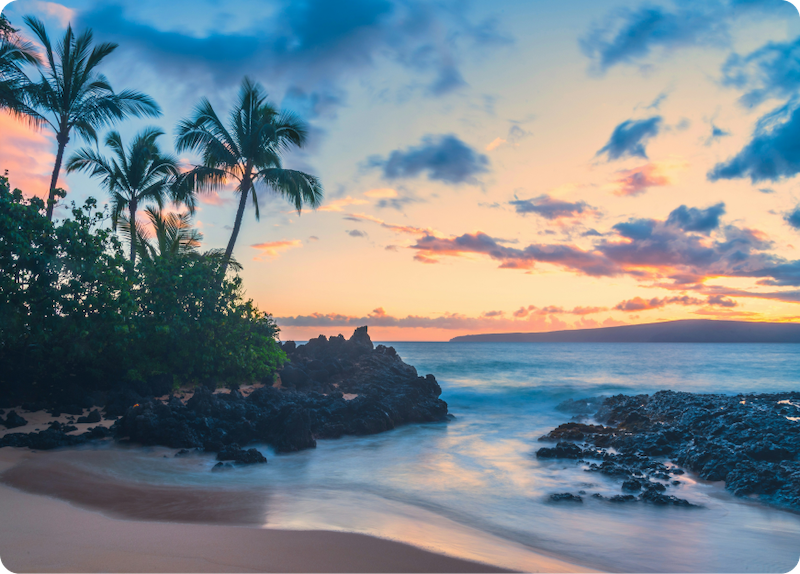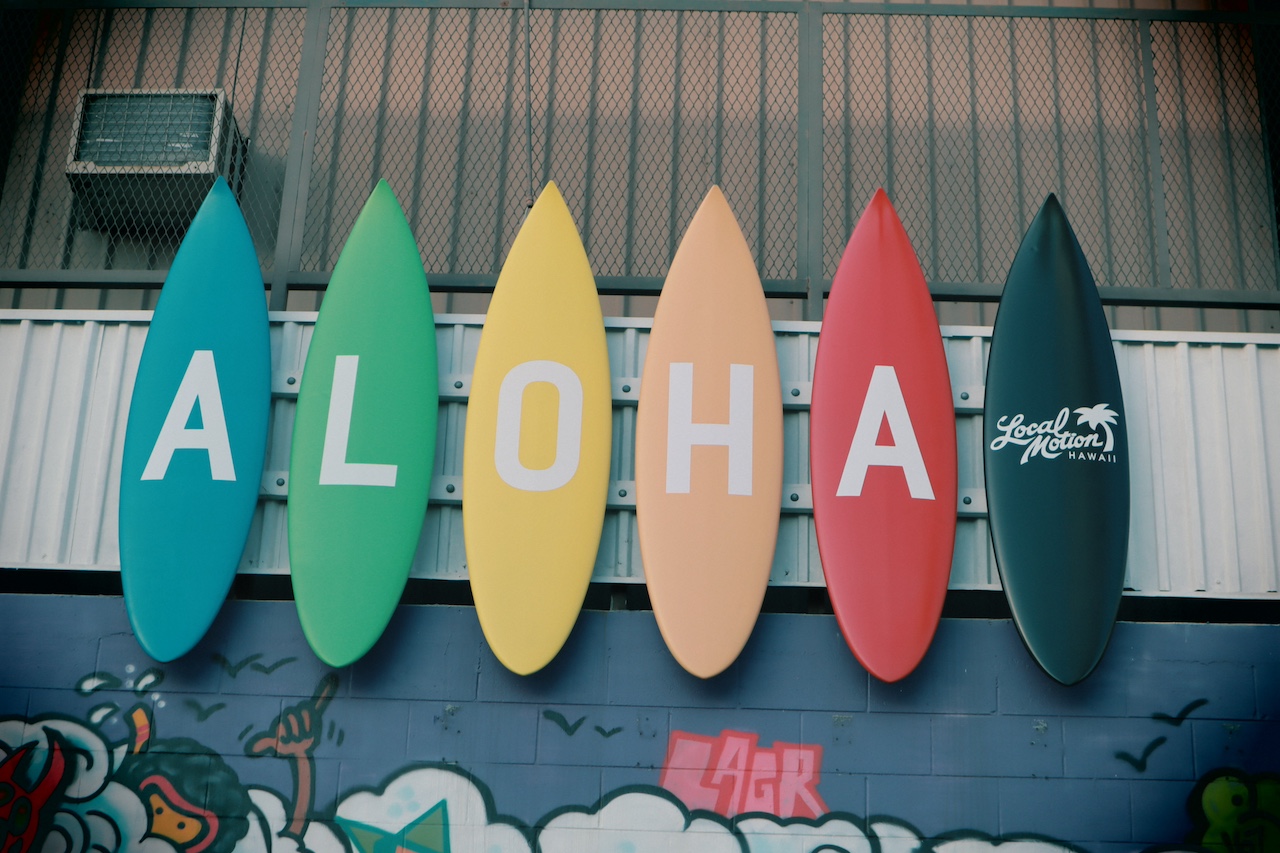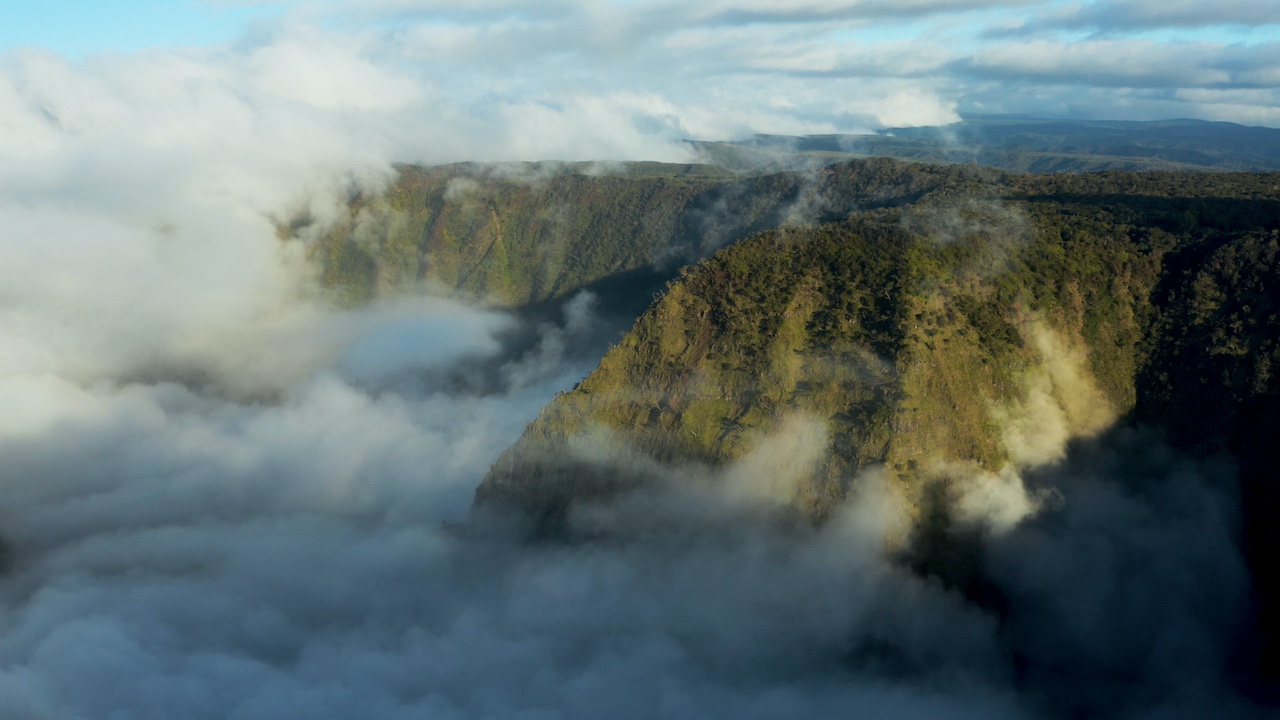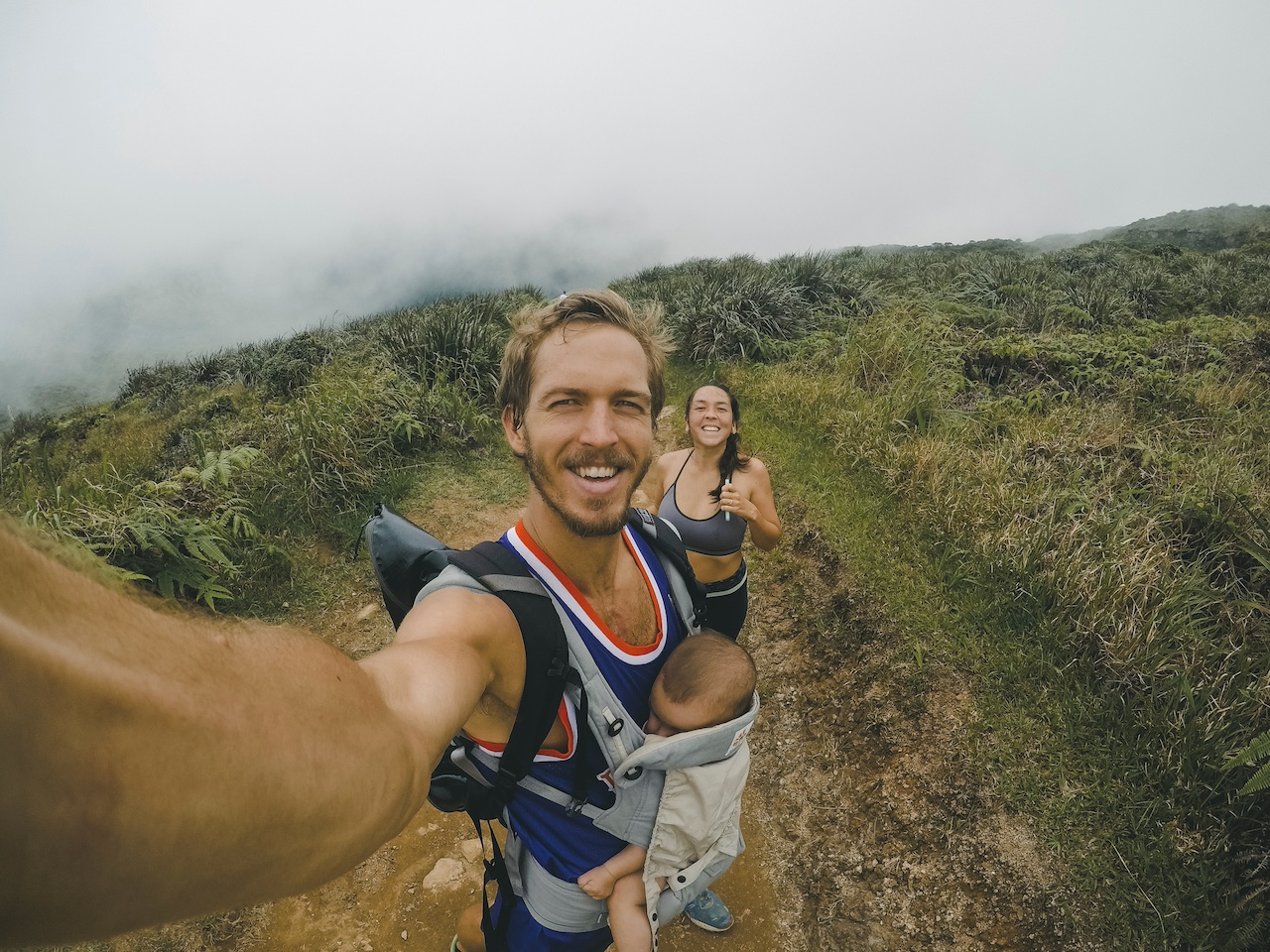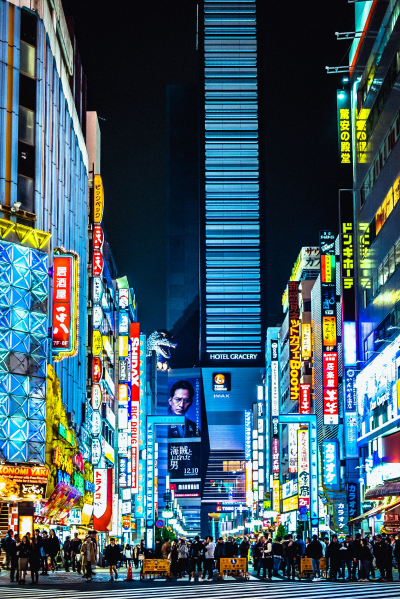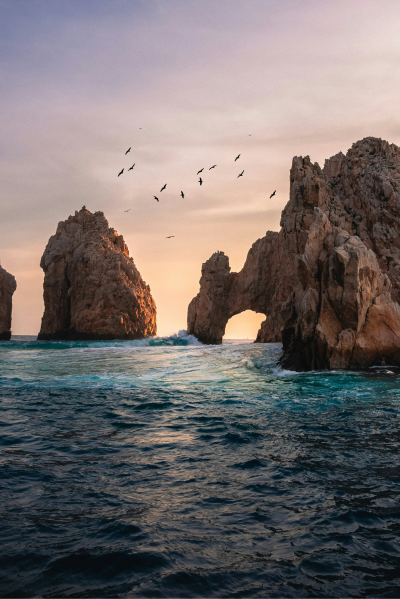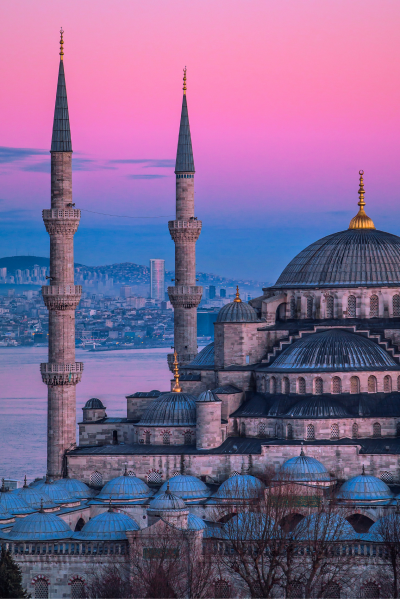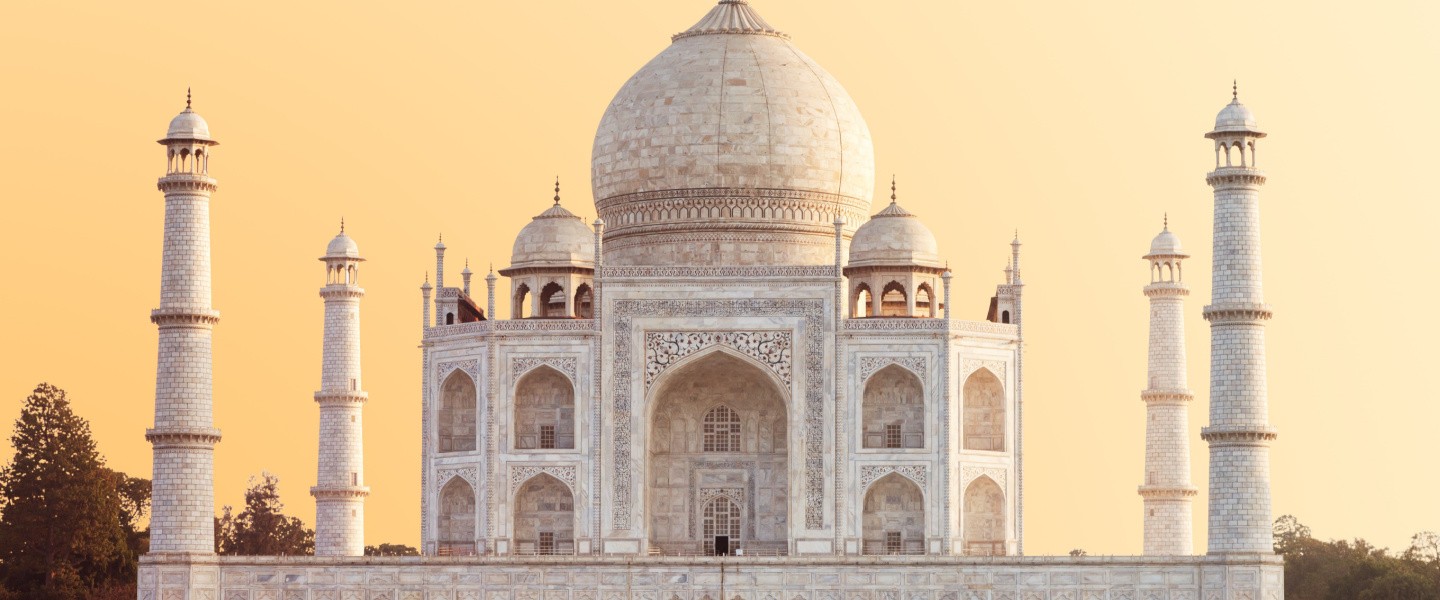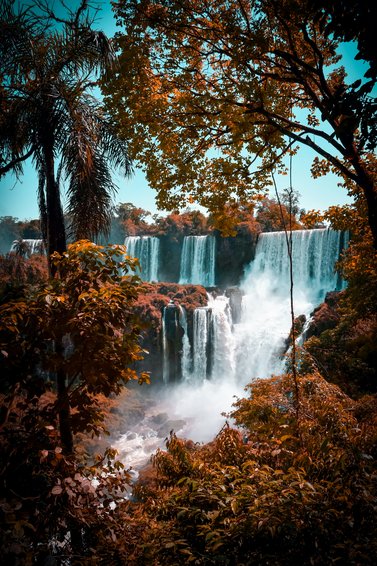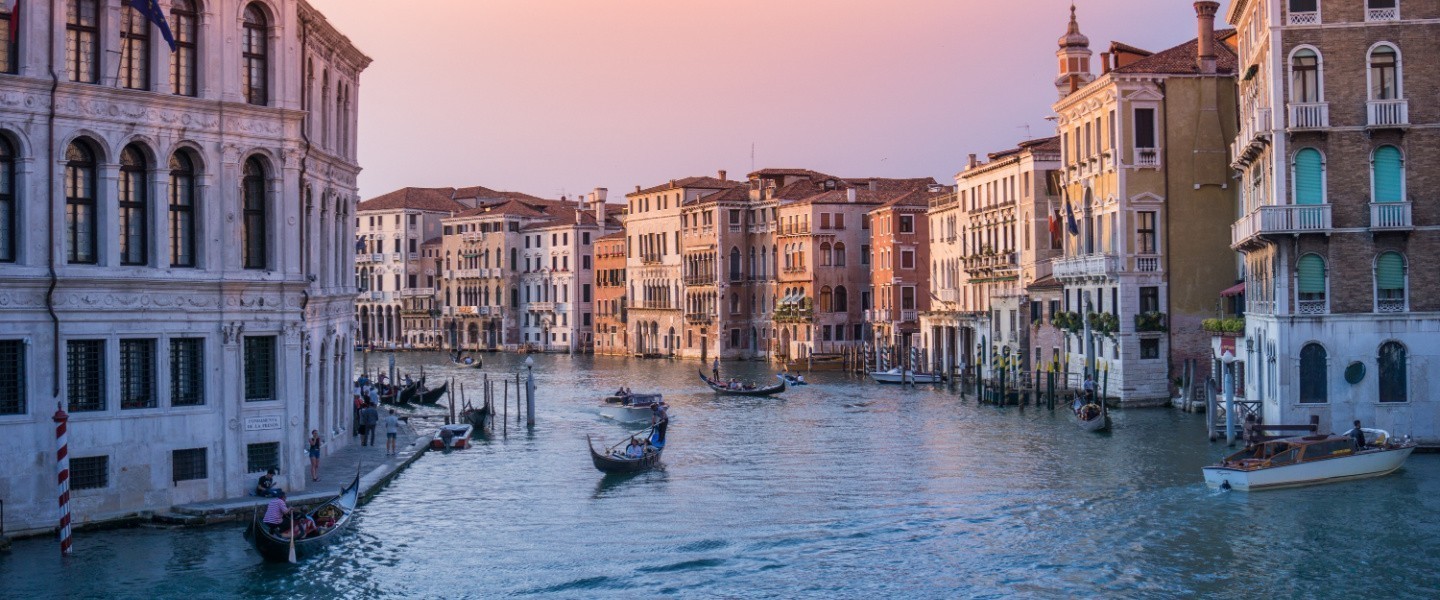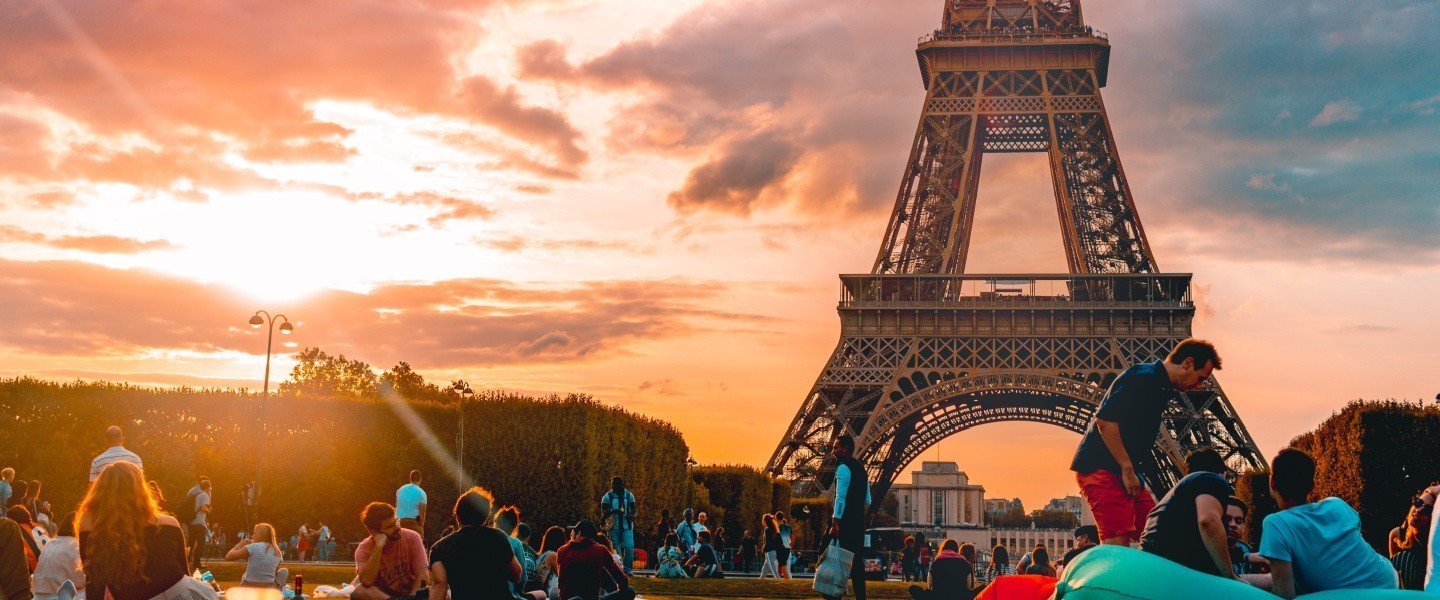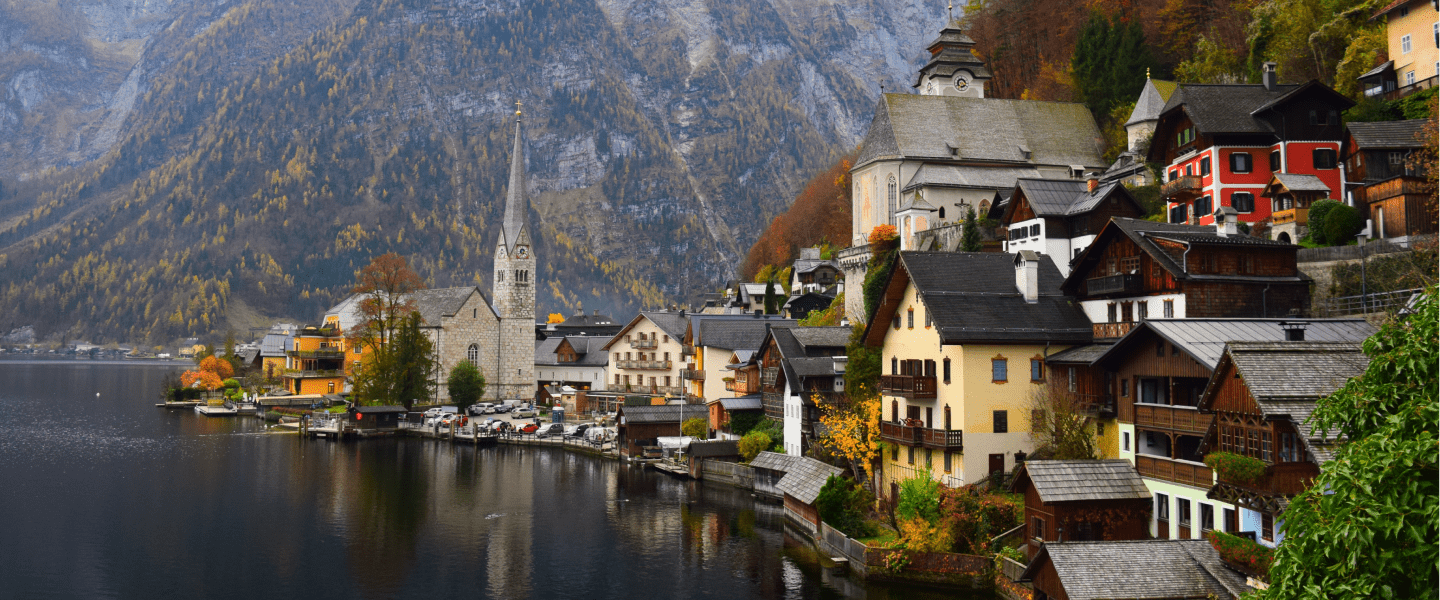Why choose Hawaii?
Hawaii is a popular choice for a vacation destination for a multitude of reasons. It is the only U.S. state composed entirely of islands, with eight main islands: Hawaii (the Big Island), Maui, Oahu, Kauai, Molokai, Lanai, Niihau, and Kahoolawe.
The islands are known for their stunning natural landscapes, including volcanoes, waterfalls, beaches, and tropical forests. Hawaii is home to some of the world’s most active volcanoes.
Hawaiian culture, with its rich history, traditional music, dance, and cuisine, is also a big draw. The weather is warm all year, making it a great spot to escape to any time.
Whether you’re looking to chill out on the beach or go on an adventure, Hawaii has it all.
